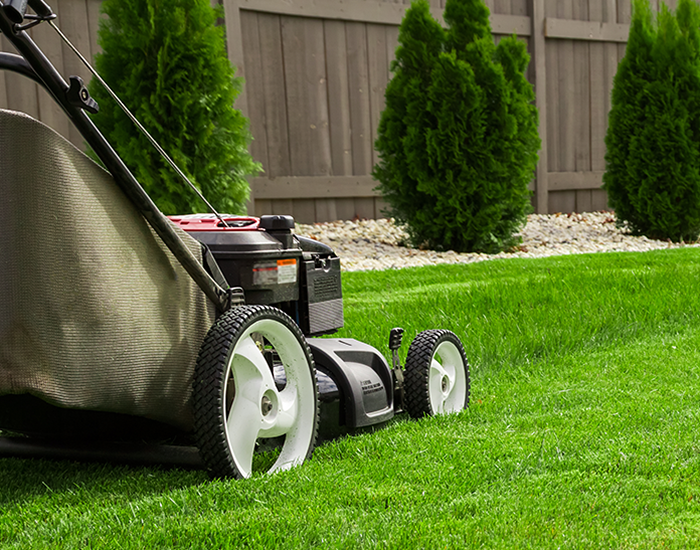April 19th, 2024
Spring Lawn Maintenance

Spring is the time for renewing all living things, including the most impressionable part of our home, the lawn. As flowers begin to bloom and temperatures rise – the best possible opportunity to master a perfect plan for cultivating the lushest, greenest grass in the community presents itself. Lawn care is a yearlong project that requires preparation and scheduling, but during the warmer seasons you can make more progress in sustaining an ideal landscape. Follow our guide for a yard that will boost your curb appeal and leave an unforgettable impression on both you and your neighborhood friends.
Initial Cleanup
Collect any unwanted debris while simultaneously assessing what needs to be done. Starting with a clean foundation will make maneuvering through necessary tasks easier and garnish a better result. Pick up surface remnants still hanging on from winter, like sticks and twigs. Use a leaf blower, rake or other items to speed up the process.
Equipment Care
Having your equipment repaired and ready to go saves time and allows you to jump right into your projects. Ensure that power tools have fresh oil, filters, charged batteries and working spark plugs. Grab enough fuel and be ready for your lawn spruce up.
Dethatching
Thatch is a layer consisting of dead overlay, leaves and roots built up on the surface and prevents water and air from reaching the grass. To determine if this is needed, check for the following signs:
- A firm or bouncy coating when walked on
- You can feel the deposit when pushed down by hand
- Thatch is thicker than ½''
Work on completely dry grass to avoid removing perfectly healthy blade crowns. Scrape against the upper plane but let the tools do the work. Don't push gear points into the lawn as it will tire you out sooner and can take away good organic material too.
Aeration
Used for decompressing soil by introducing holes into the ground, aerating brings water, nutrients and air deep into grass roots. Utilize a core aerator to remove wine cork-like plugs from the dirt which will give roots room to spread and permit the soil to be penetrated by vital nutrients and water.
Testing pH
Before applying any fertilizer or nutrients, you should check the pH of yard soil, which measures acidity or alkalinity. The ideal pH reading should fall between a neutral 6.0-7.0 for the healthiest grass. You can buy a soil test from a home improvement store or DIY your own. If you need to increase the pH level, add lime, limestone or wood ash. If it’s necessary to decrease pH intensity, apply elemental sulfur, peat moss or aluminum sulfate.

Weed Control
Neglecting pesty weeds will cause them to proliferate throughout the summer. Spreading a pre-emergent weed control agent can stifle unwanted infiltrators from becoming widespread. For existing weeds, pull them by hand or utilize a post-emergent herbicide.
Mowing
A good rule of thumb for lawn mowing/maintenance is at least once a week. Initiate this seasonal chore when the lawn comes out of its cold weather dormant state and is actively rising. The best clipping height for your mower should be set at no more than a third of your average blade length. Create an alternating line pattern for reduced turf wear and soil compaction. Avoid too short of a cut as it can cause grass to lose sustenance. Be sure to keep up with a routine of trimming.
Fertilizing
When choosing fertilizers, you can pick between a synthetic or organic solution. If you opt for synthetic, we recommend using a slow-release option which results in a uniform growth rate and less upkeep. Wait until late spring after your lawn has “awakened” to the new warmer months.
Seeding
Bare spots may involve extra TLC, so grab some grass seed to fill them in. Make sure to lightly saturate the ground before introducing seeds or soon after a rain fall since sowing requires adequate moisture. Following distribution, routinely water them approximately four times a day and keep the spots consistently damp. Avoid disturbing planted areas and expect to notice visible germination about three to four weeks later.
Working diligently to nourish your yard in the spring will ready it for the hot summer ahead and give you abundantly green grass to enjoy. Premier Outdoor Environments is here to help for all your landscaping needs. Check out our Maintenance Gallery for a variety of services we offer to transform your home’s exterior into a dream space.




